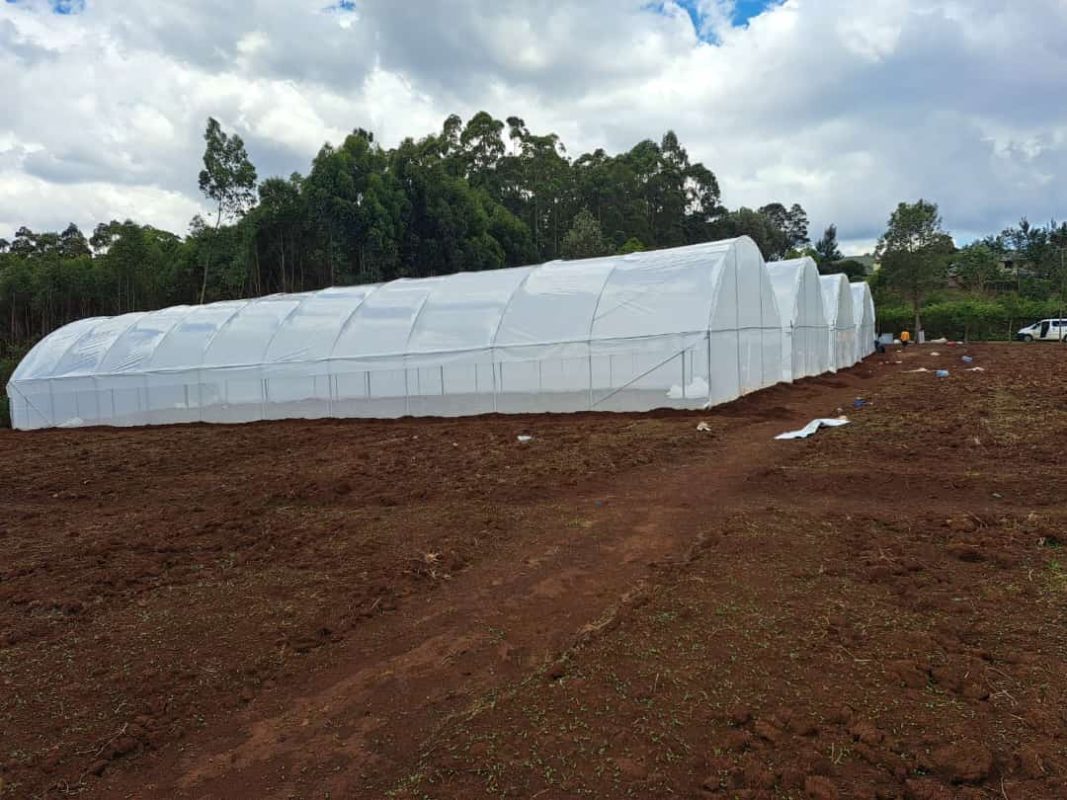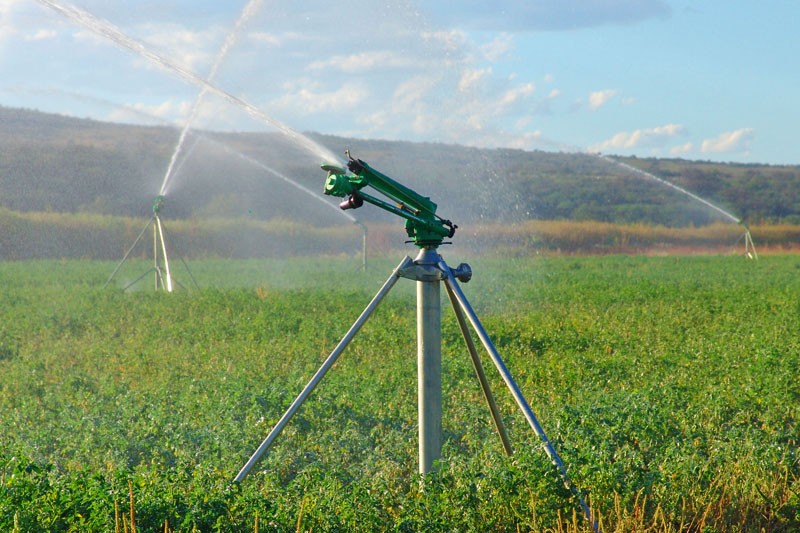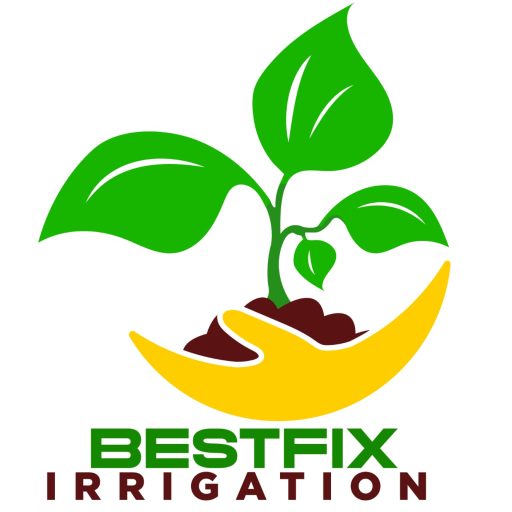
Categories
Recent Posts
Smart Farming with Planting Trays
What Are Planting Trays?
Planting trays also called seedling trays, nursery trays, or germination trays are specially designed containers with multiple small cavities used to start seeds before transferring them to the shamba (farm). These trays are made from durable plastic and come in various sizes like 50-cell, 72-cell, 128-cell, and more, depending on your crop type.

Why a Smart Farmer Should Use Planting Trays
- Improved Germination Rates -Trays provide a controlled environment with even moisture, proper aeration, and spacing, all of which increase seed germination success.
- Reduced Seed Wastage – By planting one seed per cavity, farmers avoid over-seeding and minimize seed loss, especially when using expensive hybrid seeds.
- Uniform Growth – Seedlings in trays grow evenly, making it easier to plan transplanting and achieve a uniform crop in the field.
- Protection from Pests & Harsh Weather – Starting seeds in a shaded or greenhouse area keeps them safe from birds, heavy rains, or sunscald during the delicate germination phase.
- Easy Monitoring and Care – Since the trays are portable, farmers can easily monitor, water, and manage seedlings before transplanting them to the farm.
- Faster Root Development – The cells in the trays promote strong, straight root growth and reduce transplant shock when moved to the field.
- Time-Saving & Space-Efficient -Trays take up less space than open-bed nurseries and can be stacked or arranged to make use of vertical space in greenhouses or shade nets.
How to Use Planting Trays Effectively
- Fill the cavities with a good potting mix (ideally a mix of cocopeat, compost, and vermiculite).
- Plant one seed per cavity, cover lightly with soil.
- Water gently to avoid displacing seeds.
- Place trays in a shaded area or greenhouse.
- Monitor daily for moisture, pests, and growth.
- Transplant seedlings to the shamba when they’re strong enough—typically 2–4 weeks, depending on the crop.
Common Crops Grown in Planting Trays
- Tomatoes 🍅
- Cabbage 🥬
- Sukuma wiki (kale)
- Capsicum
- Watermelon 🍉
- Broccoli
- Lettuce 🥗
- Onions 🧅
Frequently Asked Questions (FAQs)
1. Which size of planting tray should I buy?
It depends on your crop. For tomatoes and cabbage, 72- or 128-cell trays are common. Larger seeds like watermelon work best in 50-cell trays.
2. Can I reuse planting trays?
Yes! Just wash and disinfect them after each use to prevent disease transmission.
3. What soil mix should I use in the tray?
A mix of cocopeat, compost, and vermiculite or perlite works best. Avoid heavy clay or garden soil.
4. Do I need a greenhouse to use planting trays?
Not necessarily. A simple shade net structure is enough. You can even start seedlings indoors or in a well-protected outdoor area.
5. How long should seedlings stay in trays?
Most seedlings are ready to transplant in 2 to 4 weeks, once they develop 2–4 true leaves and a healthy root system.
6. Are seedling trays expensive?
Not at all! They are a cost-effective investment. You reuse them many times, saving money on seeds and improving harvest yields.
Final Thoughts: Be a Smart Farmer
Using planting trays is one of the most affordable yet impactful technologies a farmer can adopt. Whether you’re a smallholder farmer or running a commercial greenhouse, seedling trays help you:
- Save money on seeds
- Grow stronger crops
- Reduce labor and transplant stress
- Improve overall productivity
Don’t just plant—plant smart!
👉 Order high-quality seedling trays today from Bestfix Irrigation and take the first step toward smarter, more profitable farming.
📞Call | WhatsApp us on 0795 654 889
📍 Visit us along Eastern Bypass Kamakis,next to Kidani Mabati Factory,The Triple Two Adress,Mapping Stage
🌐 Check out more products on our website: www.bestfix.co.ke
Bestfix Irrigation
Related News



